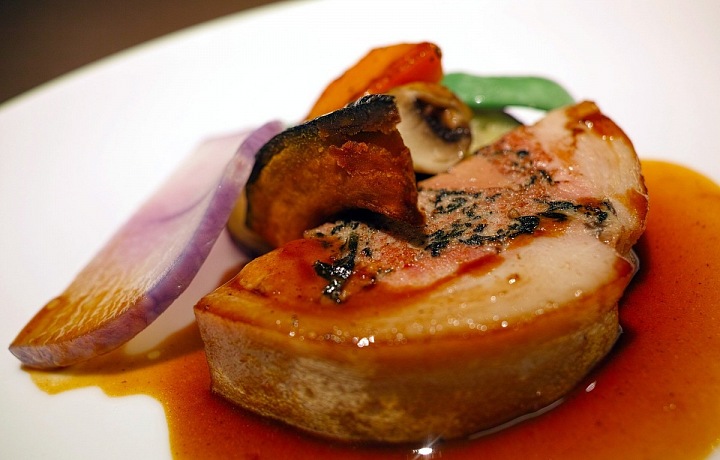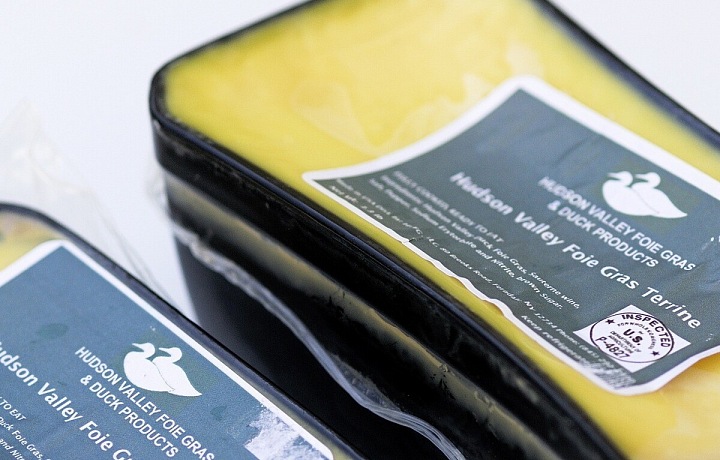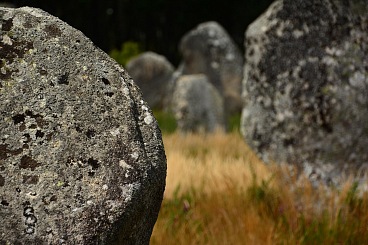Luxury on a plate: foie gras
The French are famous for their refined gastronomic culture. Despite the fact that the name “foie gras” indicates that this is a French delicacy, this is not exactly true. This is to say that this unique delicacy was discovered by the ancient Egyptians and people also enjoyed it in ancient Rome.
The upper class of citizens in the ancient Egyptian civilisation enjoyed delicious fatty livers while the slaves were fed with flocks of geese and ducks. This is precisely the way a fresco dating back to the time of 4500 BC depicts things.
Already a delicacy in ancient Rome
We can also come across this delicacy in ancient Rome and it is precisely here that its name comes from. At that time, geese were fed with figs, ficatum in Latin. It is only a small step from there to the French word foie. The French did however have a hand in us being able to eat this delicacy nowadays. After the fall of the Roman Empire, people also stopped eating this delicacy and it did not experience a resurrection until the 18th century in France thanks to the Alsatian chef Jean-Pierre Clause.
The perfect taste of foie gras
Foie gras is mostly consumed as a cold hors d’oeuvre in the form of a delicious pâté which is called a terrine. Those which do not contain more than 50% of foie gras are in general exceptionally delicious, being enriched with other luxury ingredients such as ginger, nutmeg, figs and similar.
It is claimed that the most delicious foie gras comes from geese from Landes. High quality foie gras has a light pink to slightly ochre colour and the consistency of butter. This is thanks to the special way in which these geese and ducks are fed.
And here we are at the topic which often results in argument between lovers of luxury foie gras and defenders of the natural order of things. In defence of foie gras, it must be pointed out that the drastic procedures associated with force-feeding of these animals have not been practised for a long time and thus they do not suffer as they did in the past. On the other hand, this still is an unnatural method of feeding.
The unclear future of foie gras
Fattening begins in October of geese which are 3 – 5 months old and lasts for a period of 3 – 5 weeks. They are fed three times a day with boiled and greased corn. Fattening of geese and ducks for the purpose of producing foie gras has already been banned in various countries, the Czech Republic included. Its sale is even forbidden in California.
So enjoy what may be the last few years when this delicacy may be found on our tables, as the European Union plans to stop production of foie gras in 2019.
Foie gras is for example produced by the luxury foodstuff brand Hudson Valley Foie Gras.















